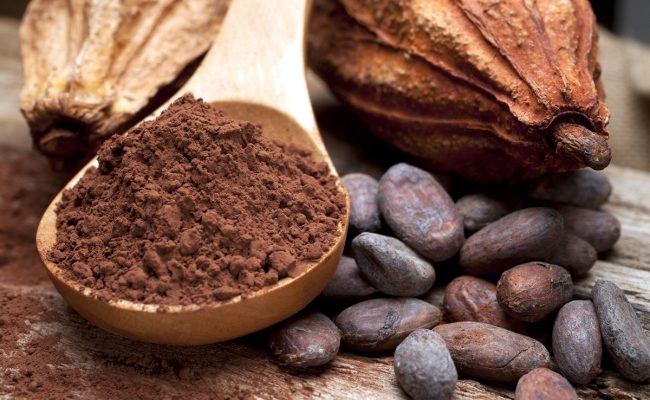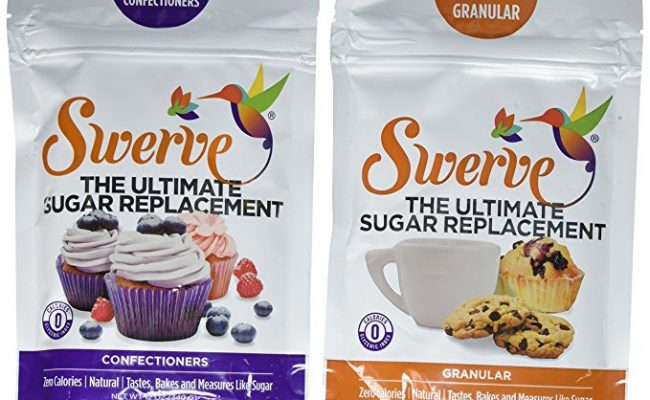
Dark chocolate has a higher percent of cocoa phenols in it compared to milk and white chocolate. The higher amount of cocoa phenols means dark chocolate provides a higher amount of flavonoids, antioxidants and overall heart health benefits. The recommended serving for dark chocolate is about an ounce per day (1).
According to the University of Michigan Integrative Medicine (1), eating dark chocolate could help lower LDL cholesterol, reduce risk of blood clots, help lower blood pressure, boost levels of serotonin and endorphins in the brain and provide valuable minerals like magnesium, calcium and potassium.
Eating dark chocolate as part of a nutritious, balanced diet could add benefit by helping lower inflammation in the body because dark chocolate is high in antioxidants.
If you’re trying to lose weight there is good news. Eating a moderate intake of dark chocolate has not been shown to hinder weight loss efforts.
Not all dark chocolate is the same quality, so it is important to look at the cocoa percent, ingredients and sourcing for dark chocolate in order to get the maximum health benefits from dark chocolate.
Remember, just because a food lists dark chocolate as an ingredient does not mean it is healthy.
Cocoa percent
Dark chocolate should be at least 60% cocoa (2). You should be able to find the cocoa percent on dark chocolate products, and they can vary from around 60% to over 80%.
A general rule of thumb is the higher the cocoa percent, the higher amount of potential health benefits.
Higher percent cocoa will also mean the chocolate is naturally not as sweet as other lower percent cocoa chocolate.
If you are looking to get a higher value of flavonoids from chocolate (which are the source of antioxidants in dark chocolate), choose dark chocolate with the highest cocoa percent.
No hidden ingredients
Dark chocolate is naturally bitter. Sometimes dark chocolate can have added sugar in it to make it more taste appealing.
For the best health benefits, it is best to choose dark chocolate that has minimal added sugar.
Check ingredient labels for dark chocolate to make sure there is no to minimal added sugar.
In fact, it is recommended to choose chocolate that has minimal other ingredients added like other oils or artificial flavorings.
Avoid alkali processing
Bastyr University (3) suggests avoiding chocolate that has been processed with alkali.
Processing with alkali, also called dutching, can lower the beneficial health benefits from dark chocolate.
It can also make the dark chocolate less bitter which is why it is usually done.
Don’t eat dark chocolate with milk
Milk can bind to the antioxidants from dark chocolate. Therefore, drinking milk with dark chocolate is not recommended.
If you want to drink milk and eat dark chocolate, it is recommended to eat them separately.
Fair trade and organic
While fair trade may not directly impact the amount of health benefits from chocolate, choosing fair trade means you’re promoting fair wages for chocolate farmers and promoting transparency for safe growing practices.
Organic foods do not use synthetic chemicals, and some, but not all, research suggests some organic foods may have higher antioxidant values.
If you are not sure if a chocolate product or company is far trade, check Fair Trade USA (4).
There is not a lot of research with differences between conventional and organic grown chocolate.
Researchers in a February 2014 article (5) suggest there isn’t any evidence to suggest buying organic chocolate is better for the environment compared to conventional chocolate.
Organic farming can promote biodiversity and lower pesticide use on land, but more research is needed in parts of the world where chocolate is grown.
Some health experts suggest buying organic food when possible may help lower exposure to pesticide residue.
If this is a concern for your personal health, buying organic dark chocolate could help.
More research is needed to determine if organic chocolate has higher antioxidant values.
Lead concerns
A growing concern for health and chocolate is the concern for lead contamination.
Lead can be found in water, soil or air which can be transmitted to plants for human or animal consumption.
Lead is considered to be toxic when ingested, and there is no safe level for children.
Low intakes of lead can build up in organs and may be a carcinogen (6).
According to the FDA, chocolate can have no more than 0.1 parts per million of lead.
Some concerns have been raised that certain chocolates could have higher levels of lead or cadmium in them.
As You Sow (7) conducted independent testing on chocolate bars to test for lead and cadmium, another potentially harmful substance.
They discovered some brands should carry a warning label for cadmium and/or lead.
Other companies may also test for lead and cadmium. If you are unsure about if your favorite chocolate brand has been tested for lead and/or cadmium, research the brand to see if you can find any testing.
Other health concerns from dark chocolate
Eating a moderate serving of 1 ounce most or all days has been shown to provide some benefits associated with blood pressure and contribute as a source of antioxidants that may help inflammation.
While many consider dark chocolate a health food, some medical conditions may warrant abstinence from dark chocolate.
University of Michigan Integrative Medicine (8) suggests people sensitive to caffeine may need to monitor their intake of dark chocolate depending on level of sensitivity.
Cocoa beans do contain caffeine, similar to coffee beans, although the amount is less.
Chocolate contains something called oxylates. People prone to developing kidney stones may benefit from a low oxylate diet which includes limiting intake of chocolate.
Finally, people prone to migraines may also want to watch their intake of dark chocolate.
Chocolate has a compound called tyramine which may trigger migraines in some people.
More research is needed with tyramine food sources and migraines, so it may or may not affect migraine sufferers.












